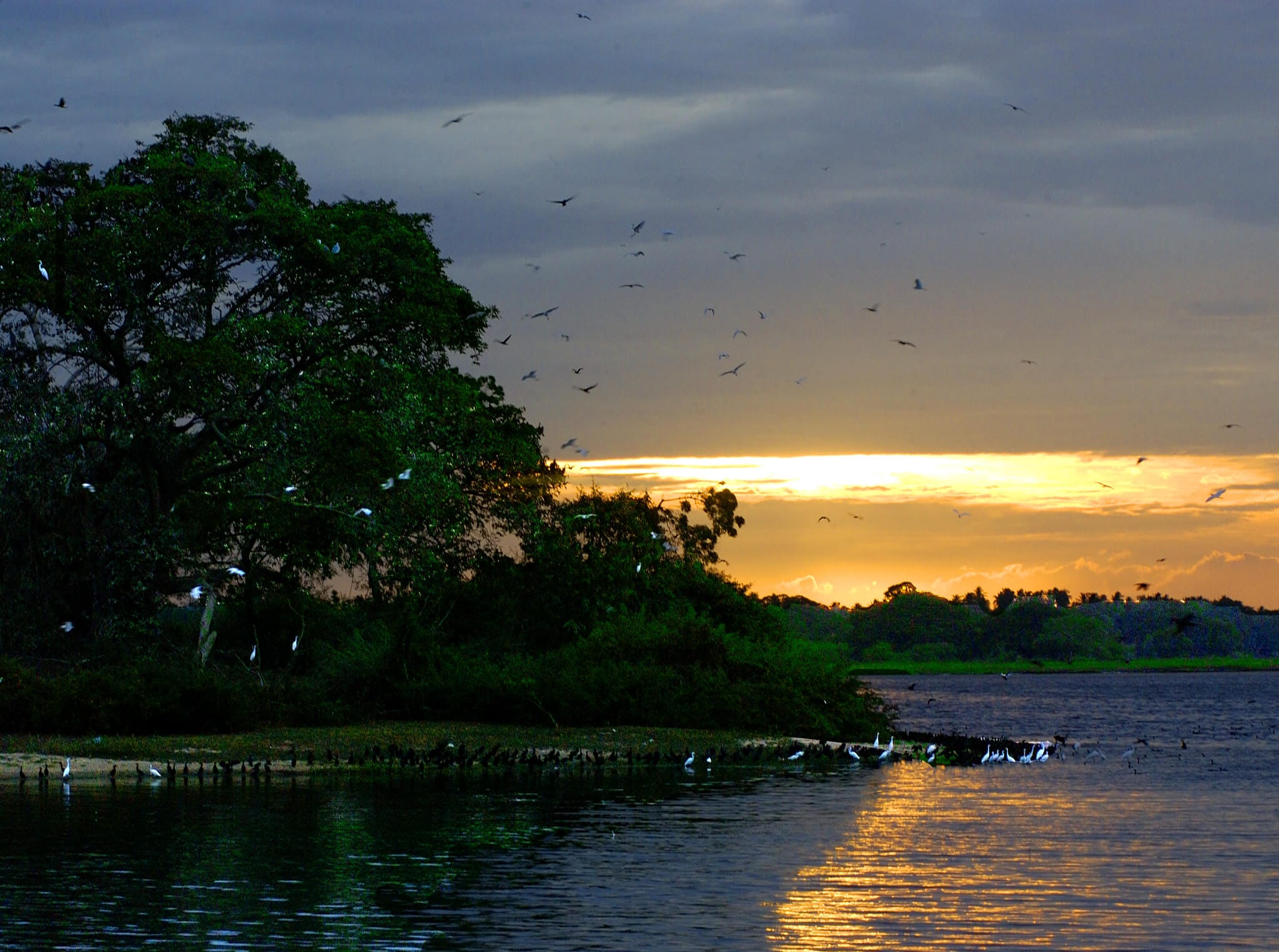Bopath Ella
Sri Lanka, a land of breathtaking natural beauty, boasts an abundance of waterfalls that cascade gracefully through its lush landscapes.…
View Details
Sri Lanka’s diverse landscapes are a haven for nature lovers, and the Bundala National Park is a true gem in this natural treasure chest. Located in the southern part of the island, this national park is renowned for its remarkable biodiversity, thriving bird populations, and a range of fascinating wildlife species. In this guide, we’ll explore the wonders of the Bundala National Park, from its iconic birdlife to its unique coastal ecosystems.
Bundala National Park, covering an area of about 6,216 hectares, is situated in Sri Lanka’s Hambantota District. Established in 1969, the park was designated as a biosphere reserve by UNESCO in 2005, recognizing its significance in conserving unique ecosystems and wildlife.
The park’s landscape is a captivating blend of wetlands, lagoons, sand dunes, and coastal vegetation, making it a vital habitat for numerous species of flora and fauna. Bundala is particularly celebrated for its role in conserving the critically endangered loggerhead sea turtle, as well as being a sanctuary for migratory birds.
Bundala National Park is nothing short of a birdwatcher’s paradise. The park is home to over 200 species of birds, making it a globally important site for bird conservation. Among the many avian species that call Bundala home, the greater flamingo takes center stage. The park is a key breeding ground for these striking pink birds, and witnessing a flock of them in their natural habitat is a surreal experience.
In addition to flamingos, bird enthusiasts can spot various waders, waterfowl, raptors, and even the elusive painted stork. The park’s diverse ecosystems, including wetlands, mudflats, and scrublands, provide a rich feeding ground for these feathered residents.
While Bundala is celebrated for its birdlife, it’s also home to a variety of other wildlife species. Crocodiles bask in the sun along the shores, while the park’s waterways are inhabited by fish, amphibians, and turtles. You may even catch a glimpse of the Sri Lankan elephant and various deer species, such as spotted deer and sambar, as they forage in the park’s lush landscapes.
Bundala is also a sanctuary for the globally endangered Indian black-necked stork, as well as the saltwater crocodile, which can be observed during boat safaris in the park’s lagoons and water bodies.
Before you visit Bundala National Park, here are some practical details to consider:
Bundala National Park is a testament to the rich and diverse natural heritage of Sri Lanka. Whether you’re drawn to its incredible birdlife, the thrill of spotting elusive wildlife, or the captivating beauty of its coastal ecosystems, Bundala promises a unique adventure that will stay with you long after your visit.
It’s a place where the park whispers tales of vibrant birdlife, where the wildlife encounters ignite a sense of awe and wonder, and where the heart is touched by the boundless beauty of Sri Lanka’s natural world. Bundala National Park is a destination that offers a deep connection with nature, a sense of appreciation, and the promise of unforgettable encounters with some of the world’s most remarkable bird species and wildlife.